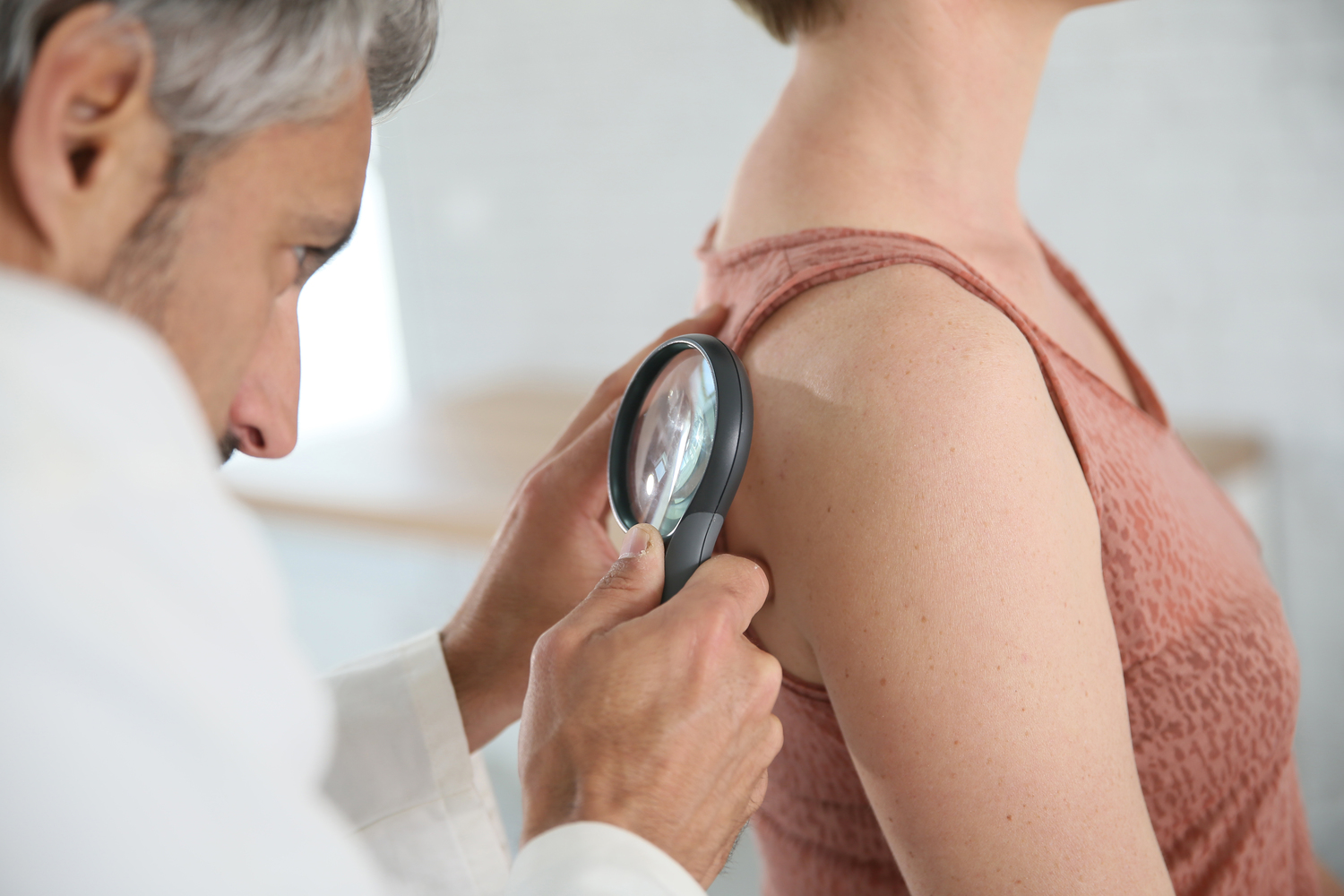
Types and Symptoms of Melanoma
Melanoma is known to be one of the most common types of skin cancers, which occurs in the melanin-producing cells in the skin. According to the estimation of the American Cancer Society, more than 100,350 new melanoma cases will be diagnosed in the country in 2020. Here are the most common symptoms and types of melanoma you should know about.
Different types of melanoma
- Superficial melanoma
This is a cancer that grows for years together in your body along the most external part of your skin. More than 70% of melanoma that is diagnosed belongs to this category. The problem with this type is that it is left undiagnosed for a long time because of the lack of symptoms. - Acral-lentiginous melanoma
This type of cancer develops in areas like the soles of the feet, under the nails and in the hands. - Nodular melanoma
This cancer starts on the skin’s surface but quickly spreads to the deeper layers of the skin. About 15% of all melanoma belongs to this type, and you can spots lumps and bumps in the affected areas. - Lentigo maligna melanoma
In the list of symptoms and types of melanoma , this type is also quite prevalent in adults. It starts spreading in areas like the hands, legs, neck, and face. The main trigger for this type of cancer is UV exposure.
Symptoms of melanoma
The appearance of a new mole
In the list of symptoms and types of melanoma, this is one sign that you should take seriously. The sudden appearance of a new mole has to be analyzed by a doctor.
Changing moles
If you have had a pre-existing mole for years and suddenly notice its changing shape, color, or texture, it also has to be considered one of the possible melanoma symptoms. Look out for:
- Moles that get bigger
- Moles getting darker in color
- Moles that are crusty to touch
- Itchy moles
Redness and swelling around a mole
This is a slightly advanced sign that also needs a quick check with your doctor. If you find the borders of a mole red and swollen, then it could be because of the development of melanoma.
Bleeding or oozing in moles
When you notice the moles existing in your body starting to itch, pain, bleed, or ooze out liquids, make an appointment with your healthcare provider at the earliest. Some people also notice lumps and bumps in the area around the mole.
All these symptoms and types of melanoma vary from one person to another. It is important that you self-check your body for signs of abnormal moles or skin changes and get them checked with your doctor early to prevent the condition from worsening. People with more sunburns are at a higher risk of developing melanoma.


